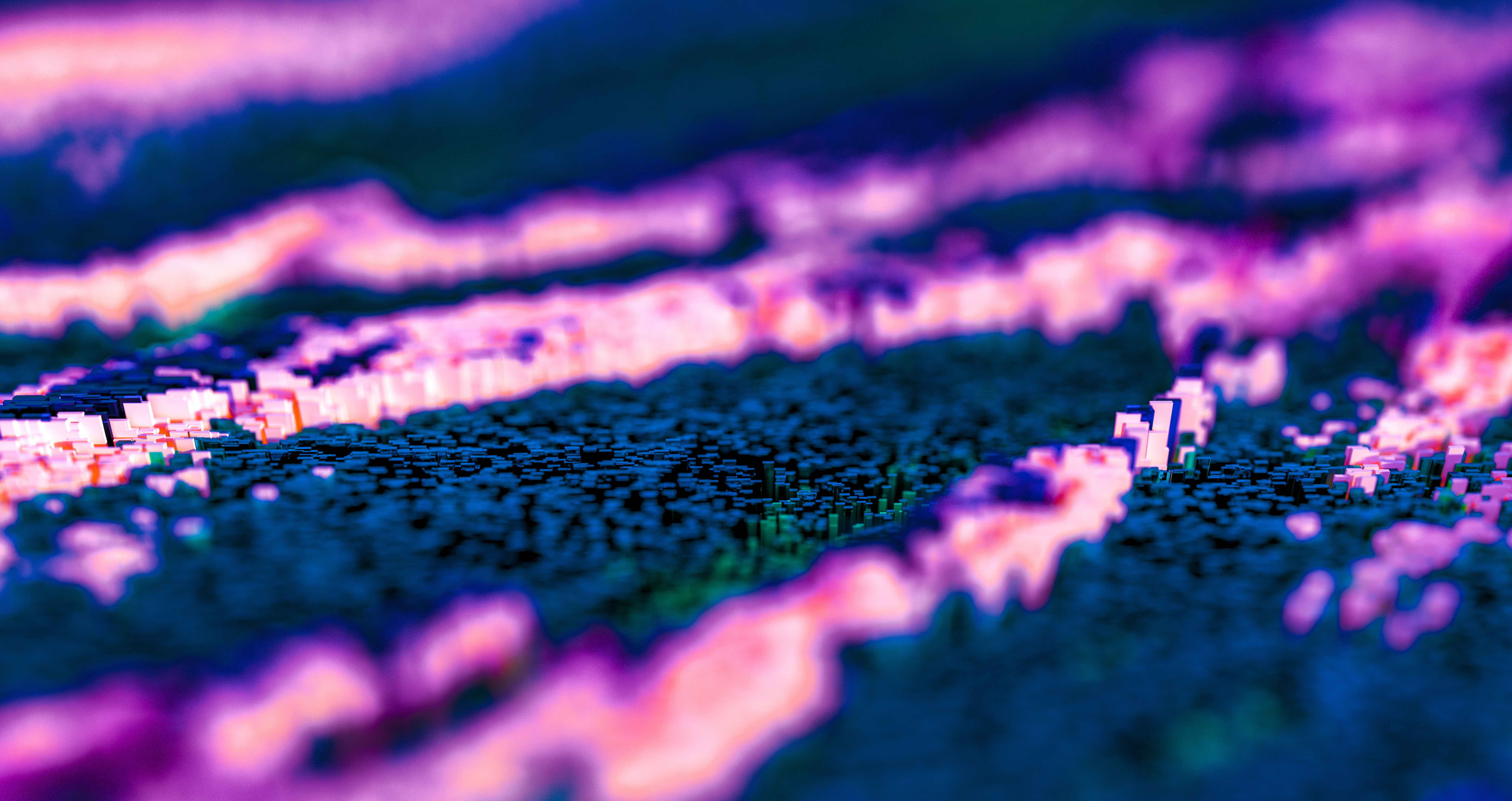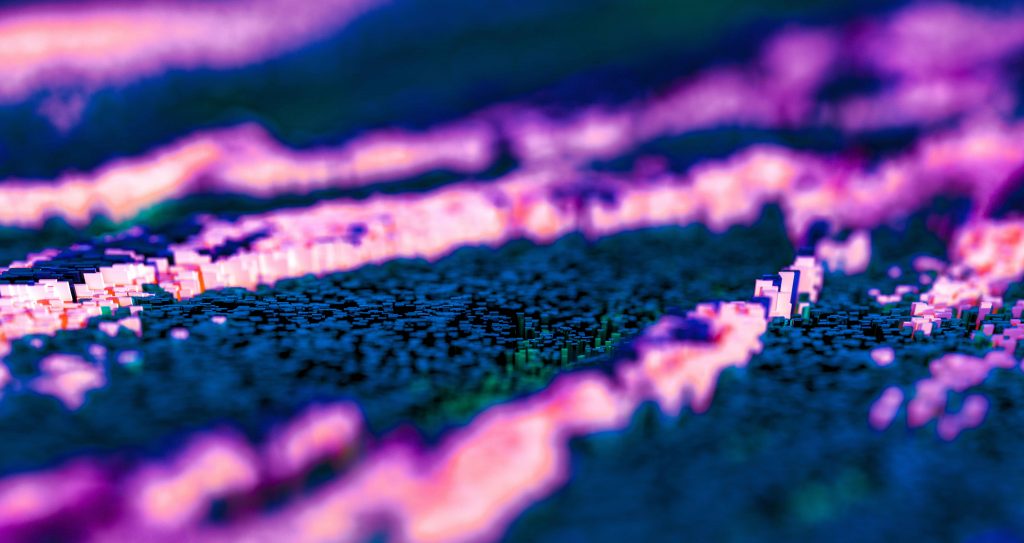Mexican scientist José Carlos Rubio Avalos found a way to potentially transform the bleak and blah concrete that envelop cityscapes around the world by making them glow. But aside from creating glow-in-the-dark cement that gives me some serious Tron: Legacy vibes, Rubio’s invention may change the game when it comes to developing eco-friendly cities and for areas with limited access to electricity. “Pools, roads, building facades, this cement can be used for whatever you want to light up and you don’t have access to electrical installation” he told Verne.
Rubio and other scientists at Michoacan University of San Nicolás de Hidalgo concocted the new-and-improved formula, which contains small photoactive materials that allow cement to emit light once night falls. Typically, cement is opaque, which makes it impossible for it to absorb UV rays. By taking out the unnecessary crystals, the concrete can emit a glow that can last up to 100 years.
On top of looking cool AF, Rubio’s invention that can change the world. “It’s an application that can be worth developing in countries and areas with poor access to electricity in communities with poor life levels, as it doesn’t consume electricity,” Carmen Andrade, researcher at the the Spanish National Research Council, told Scientific American. Rubio said that Doctor Without Border wants to use his glowing concrete “in bathrooms in areas where there are problems with the electricity and where women can be in danger entering dark public toilets,” according to CNN.
He envisions the material coating houses, swimming pools, highways, bike lanes, and much more of the world. However, the big challenge is now money. A one square meter piece of the glowing material will cost about $60 to $70. He’d need at least $5 million to commercialize the product.
Around the world people have used different glow-in-the-dark technology to light up cities (like the Van Gogh Roosegaarde bike path), so if Rubio’s project reaches the world.




